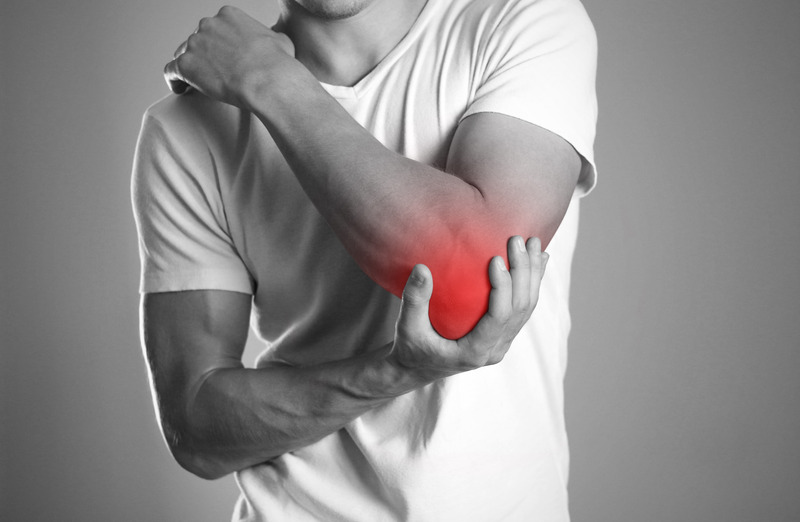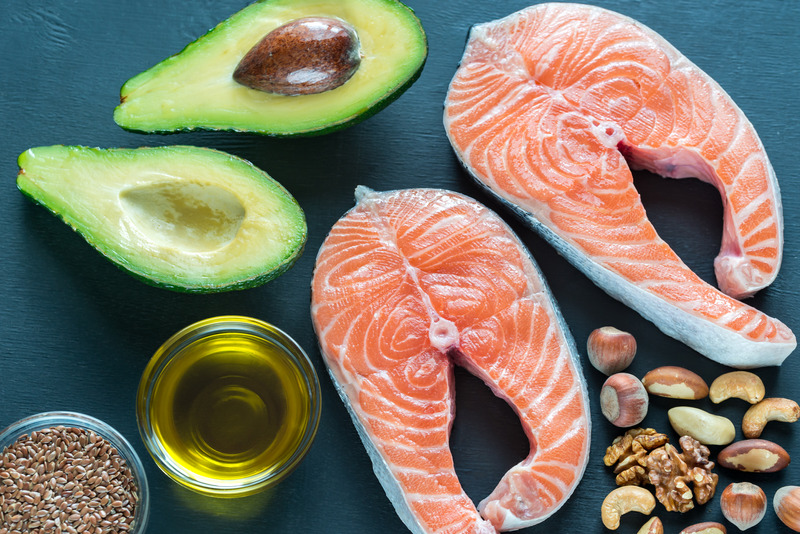
Gout falls under the category of inflammatory arthritis. It is characterized by a swollen, tender, reddish, hot or warm joint. Mostly, you will see gout manifest on the big toe. However, it can affect other joints like the fingers, ankles, hands, and knees.
Gender discussions and gout have been a concern for some time now. This condition has been chiefly accustomed to men. Yes, it affects them a lot more but is it exclusive to men alone?
Women and Gout
Gout may be more prevalent among men, but it is essential to know that women can get it too. Among women, the risk is, however, not very prevalent before menopause. Women have the female sex hormone referred to as estrogen. Estrogen is responsible for many female-related characteristics and occurrences; puberty, menstruation, pregnancy, and many more. It also contributes to overall bone health, cardiovascular system functioning and is vital for other body processes. Men also produce estrogen, but females create more of it.
Just having estrogen is a natural form of protection for females against gout. It naturally increases or facilitates the elimination of uric acid by the kidneys. During menopause, females produce lesser amounts of estrogen. Ultimately, this means that the uric acid levels are increased after menopause, increasing the risk of gout for postmenopausal women. Age affects the production of estrogen levels in women. You would see why younger women are less prone to developing gout than older women.
There are other factors that are associated with gout occurrence in women, just like in men. Women with high blood pressure may be treated with diuretics. By themselves, these two are risk factors for gout. Diuretics are meant to increase the level of urination. Urinating more ultimately reduces the amount of fluid in the body. The remnant fluid is, therefore, more concentrated. That is why it can increase the risk of the development of the crystals that bring about gout. There are diuretics meant to reduce kidney urate excretion. Thiazide diuretics particularly have side effects of increased blood sugar levels associated with gout.
Can women get gout?
The answer to this question is a simple yes. Just like in men, most of the gout causes can make a woman develop gout. Additionally, the prevalent female hormone estrogen is key to preventing the occurrence of gout. Due to this, older women are at a higher risk compared to young women. It is therefore crucial that even women work towards preventing the occurrence or escalation of gout symptoms accordingly. If you show any symptoms, always seek a doctor’s consultation for a better diagnosis and a proper course of treatment.
What causes gout in women?
Gout will result from an accumulation of urate crystals on a joint. This usually occurs when the quantity of uric acid present in the blood is very high. Uric acid is a byproduct of purine breakdown. Purines are chemical compounds naturally found in the body and are also present in certain foods and beverages.
Uric acid is meant to be passed when you urinate. However, sometimes, it is too much such that the kidneys cannot adequately filter it out. When it is in excessive quantities, urate crystals are formed and build up within a joint to cause gout.
People who drink a lot of alcohol, particularly beer, wine, and liquor, are at more significant risk of developing gout. Alcohol has high purine content and affects the rate of uric acid secretion. More purine content means high production of uric acid. Not everyone who consumes alcohol can develop gout. The risk is greater for those that drink more than moderate amounts.
Suggested articles:
– Gout And Alcohol – Does Alcohol Cause Gout?
– Wine and Gout – Is Wine Bad for Gout?
– Beer and Gout – Can Beer Cause Gout?
Obesity and being overweight are risk factors for gout. Obese and overweight women are therefore at a greater risk.
The recommended serum uric acid level for women is 2.4-6.0mg/dl for females. Those that have the recommended levels are less prone to developing gout.
Suggested article: 15 Triggers Of Gout – What Causes Gout?
How may gout manifest in women?
Gout in women will usually manifest in the toes, wrists, knees, and at the end of the fingers. Those with osteoarthritis will see the symptoms on the distal finger joints. Compared to men, women who suffer from gout may have the symptoms appear in multiple joints gradually over time.
What should a woman with gout do?
1. Take medication
Medication for gout can be categorized into two. The kind of medication that reduces pain and inflammation and the kind that functions to prevent further complications by reducing the uric acid levels. The right type administered depends on symptom frequency and severity. The administration also depends on whether someone suffers from other health conditions. Medication must be taken as prescribed by a physician.
They may include;
- Nonsteroidal anti-inflammatory drugs
- Corticosteroids
- Colchicine
- Drugs that block the production of uric acid
- Drugs that increase the removal of uric acid
Suggested articles:
– Ibuprofen And Gout – Is Ibuprofen Good For Gout?
– Indomethacin For Gout – Why Is Indomethacin Preferred For Gout?
– Febuxostat For Gout – Is It A Valuable Remedy?
– Lisinopril and Gout – Does Lisinopril Cause Gout?

2. Practice a healthy lifestyle
It is recommended that women with gout try to maintain a healthy lifestyle. Choosing to eat healthier foods and drink healthier beverages will help prevent recurrent symptoms.
Suggested articles:
– The ULTIMATE List Of 14 Foods To Avoid With Gout
– 9 Best Foods to Eat with Gout – Best Diet for Gout

3. Exercise remedies and programs
Generally, maintaining a healthy body weight reduces the risk of developing gout and its progress. It is crucial to have an exercise program with low-impact activities that are easy on the joints. A professional physical therapist can guide you through such.
Suggested articles:
– Menopause and Gout – How to Reduce Your Risk
– Yoga For Gout – Is Yoga Good For Gout?
– How Long Does A Gout Attack Last? – All You Need To Know
– Gout And Psoriasis – Can Gout Cause Psoriasis?
The Gout Eraser™: The all-natural guide for permanent gout removal
The Gout Eraser™ is a short, to the point guide on how to reverse gout symptoms without ever leaving your home. The guide goes into extensive detail on exactly what you need to do to safely, effectively and permanently get rid of gout, and you are GUARANTEED to see dramatic improvements in days if not hours.
To learn more about The Gout Eraser™ system, check out the following free video presentation: The Gout Eraser™





